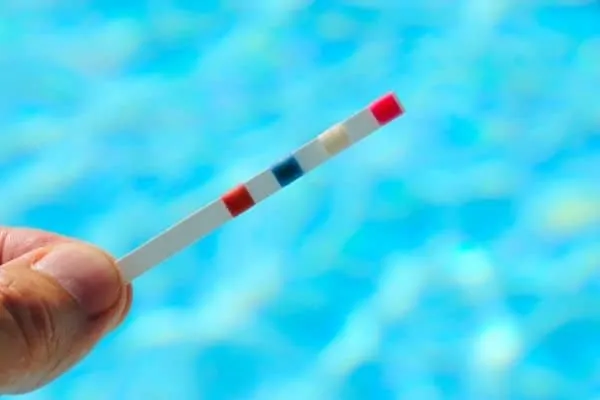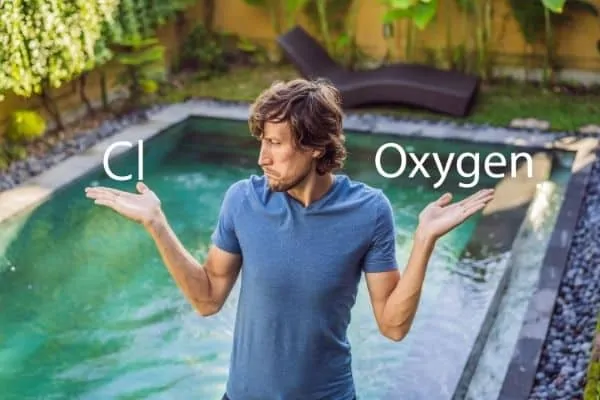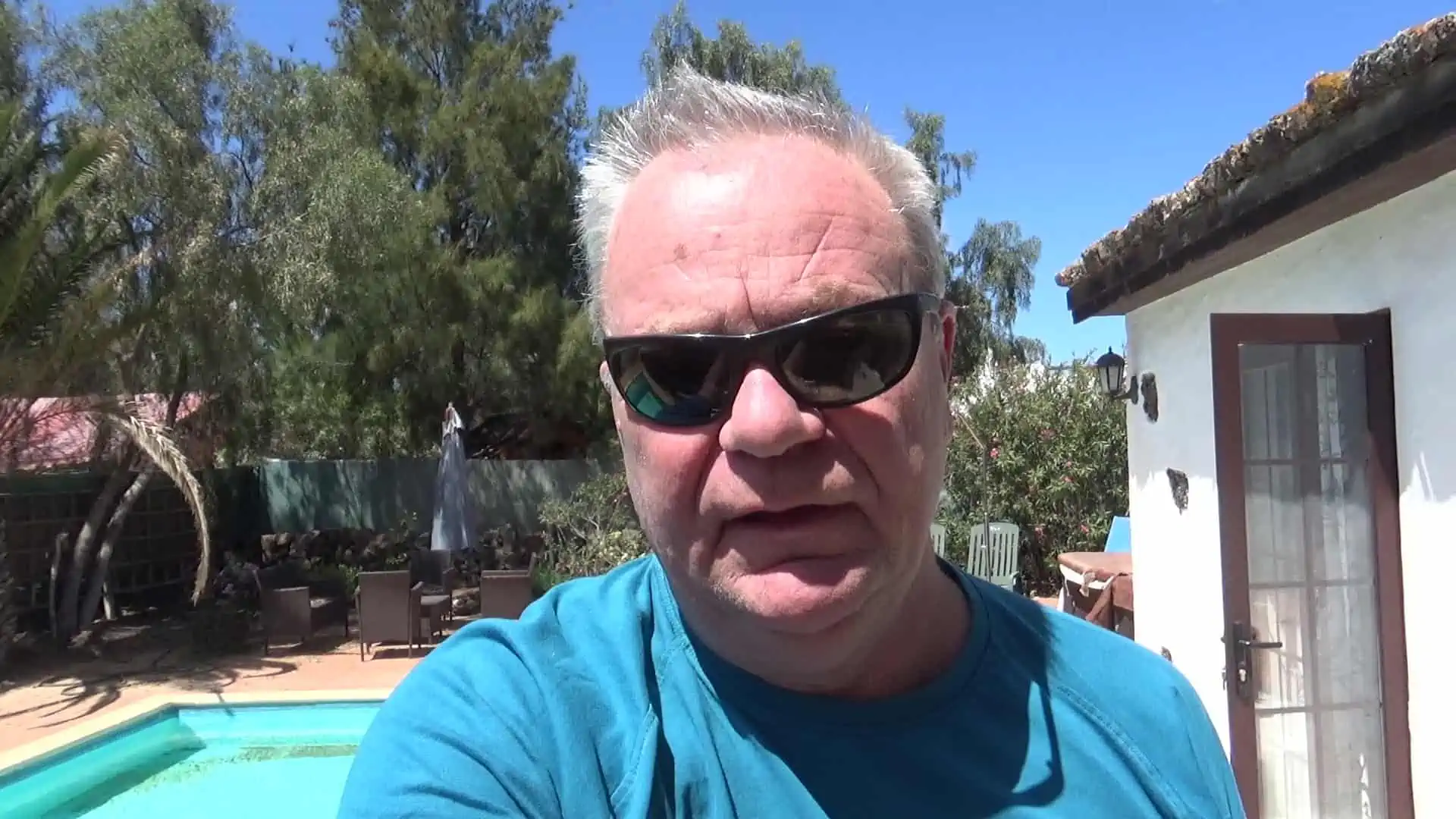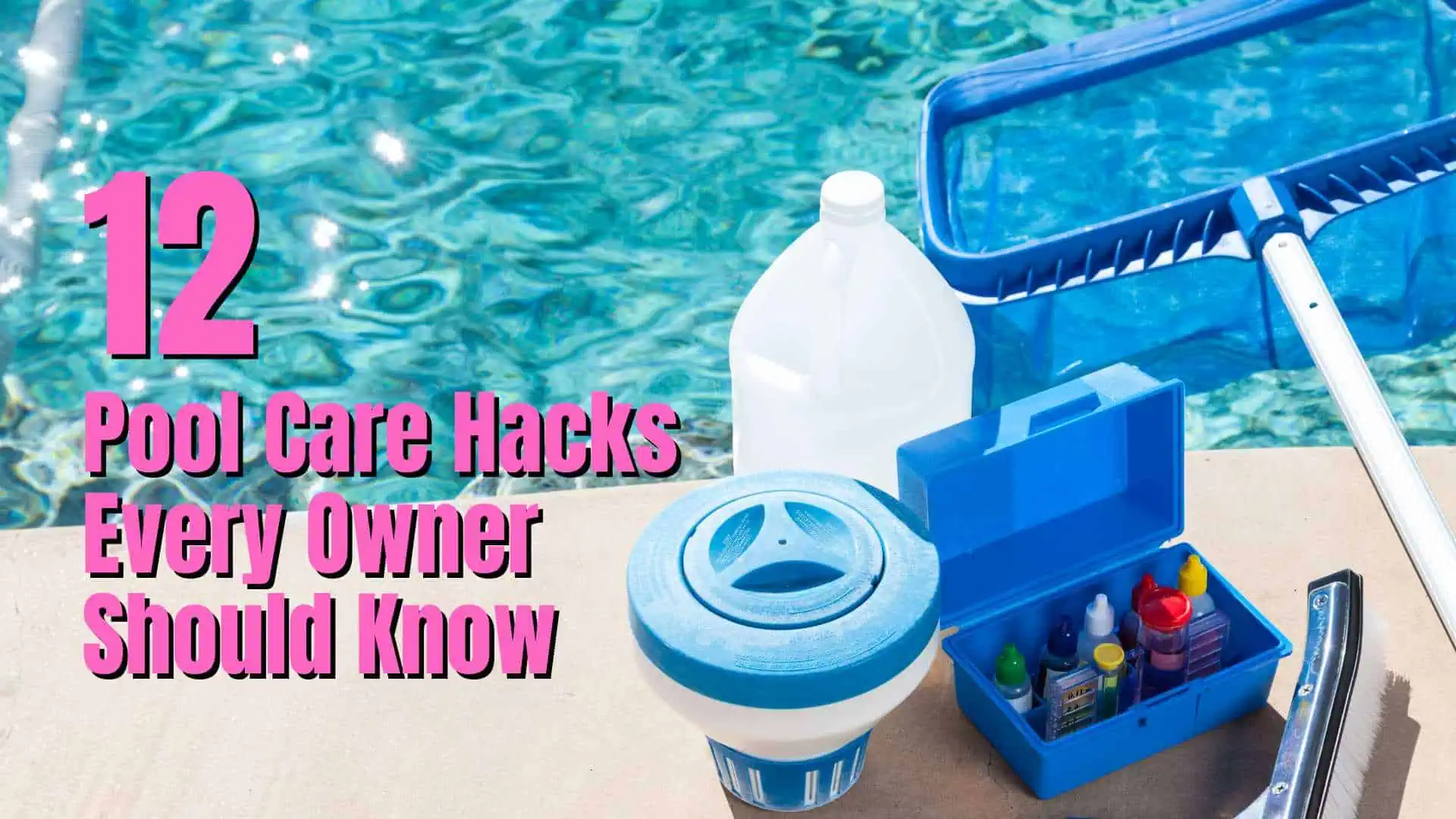Have you shocked your pool and are itching to dive back in? I know the feeling.
The sun is shining, the water is sparkling, and all you want to do is take a refreshing plunge. But before you jump in, it’s essential to know how long after shocking a pool can you swim.
Shock treatments are vital for maintaining water quality and eliminating bacteria, but they can also affect your swimming experience if not given the proper wait time.
This guide will explore the ideal time to swim after shocking your pool, ensuring a clean, safe, and enjoyable dip for you and your loved ones. So, let’s dive into the details and confidently get you back in the water!


Key Takeaways
- Wait Time After Pool Shock: It’s generally recommended to wait for a minimum of 6 hours and up to 24 hours after shocking a pool before swimming.
- The exact wait time may vary based on the type of shock used and the free chlorine levels in the pool.
- Testing Free Chlorine Levels: Before swimming, testing the pool water’s free chlorine levels is crucial. The general consensus is that the free chlorine level should be below 5 ppm for safe swimming.
How long after shocking pool can you swim
Shocking a pool is part of the regular pool maintenance that pool owners need to carry out to keep the pool water quality in good condition. It is important to know how long after you shock a pool can you swim and be safe.
For this reason, I normally shock my pool in the evening and then leave the pool pump running overnight. That way, the swimming pool water will be safe to swim in by the next morning.
It is very easy for pool owners to give in to pressure from children and others who are desperate to swim in the swimming pool and not wait long enough after shocking a pool for the level of chlorine in your pool water to reach a safe level. But stand firm!
When it comes to how long shock takes to work, the accepted rules of thumb in the swimming pool industry for how long do you have to wait to swim after shocking a pool are:
Wait 24 hours
Many say that no one should swim for 24 hours once you use pool shock. Certainly, if you wait this long, then it will be safe for people to swim in it by then.
But many people don’t want to wait this long and, to be honest, in my experience, it is not normally necessary.
However, you shouldn’t just assume that leaving it overnight is safe for swimming. You should check the level of chlorine first, as below.
Test the free chlorine levels
This is the method I use.
After shocking a pool, I wait for at least a few hours – actually, since I normally shock my pool in the evening and then run the pump overnight, it is normally more than eight hours anyway, often more like 12 hours since I am certainly not an early riser.
I then test the pool water using a test strip to check the level of free chlorine.
The pool is safe to swim in if the free chlorine level is at 5 ppm or less. If they are higher, then I leave it another hour or so before testing again, but, to be honest, it is quite rare that the levels haven’t dropped below these levels overnight.
If you do shock overnight and the levels are a little too high in the morning, the chlorine levels are likely to fall quite quickly once the sun gets on the pool.
How long after shocking a pool can you test the water

You should leave the chlorine shock to work for at least 4 hours after shocking a pool before you first test the pool water.
You can then test the pool water using test strips, a liquid test kit or an electronic water tester to establish how long after you shock a pool can you swim. The general consensus is that the level of free chlorine should be below 5 ppm and ideally below 3 ppm before swimming resumes.
You should keep the pool pump running after shocking.
To explain the different chlorine terms, I have written a post to help – Free Chlorine vs Total Chlorine vs Combined Chlorine Explained
When to shock a pool
There are a number of different reasons and events that will make it necessary for a pool owner to shock a pool. Shock your pool when:
- Start up or opening
When you first start up the pool or open it at the beginning of the season. - After heavy rain
Rain can bring with it contaminants and perhaps also lower the pH level (as rain is often quite acidic). - Heavy use
After the pool has received heavy use, perhaps after a children’s pool party or some similar event. - Free Chlorine level low
If you test your pool water and the free chlorine level is zero or just above, then shocking is a good idea to increase the free chlorine levels. - Algal Blooms
If there is a sudden Algae bloom, then you will need to shock your pool by super-chlorinating (using up to 4 times the usual dosage) - Water temperature
If the pool water temperature increases due to a spell of very hot weather, this can increase the growth rate of bacteria. - After an “accident”
Perhaps you have had a young child in the pool whose swim diaper didn’t do as good a job as it should have done. - End of season
Shocking when you close your pool in winter can make life easier when you reopen it in spring.
Find out more about when to shock a pool
Types of pool shock

Different types of pool shock can make a difference to how long after shocking you can swim so the first piece of advice would be to read the manufacturer’s instructions on the packaging. This should tell you how long to wait to use that particular type of pool shock after shocking your pool.
Chlorine shocks
There are two main types of chlorine pool shock (that is, shock containing Chlorine) which are Calcium Hypochlorite (often referred to as Cal-Hypo) and Dichloroisocyanuric acid (often referred to as Di-Chlor).
Cal-Hypo is the one you will see for sale most often, primarily, I guess, because it is not only the cheapest but strong too. It is very quick to dissolve (always in a bucket or container pre-filled with water before being added to the pool).
A very popular Cal-Hypo pool shock available on Amazon is the In The Swim Chlorine Pool Shock, which comes in 24 x 1 pound bags.
Di-Chlor is a granular chlorine that includes a stabilizer. It is slower dissolving than Cal-Hypo and the stabilizer will raise the cyanuric acid level in your pool. In the Swim Sodium Di-Chlor Chlorine Shock is available in 24 1-pound bags on Amazon.
ALWAYS READ THE INSTRUCTIONS AND PRECAUTION WARNINGS ON THE PACKAGING!
Liquid chlorine shock
You can also buy a liquid chlorine shock which doesn’t require pre-mixing or dissolving before pool shocking. Adding liquid chlorine can be more expensive, but it is a very easy way of shocking your pool but won’t make any difference to how long after shocking you have to wait before you can swim.
You should be aware that liquid chlorine has a high pH of around 13, so the pH levels in your pool may rise after adding it, but probably not for too long.
A popular liquid chlorine shock available on Amazon is made by Champion.
Non-chlorine shock
Non-chlorine shocks are known as Oxidizing shocks or chlorine-free shocks. They contain no chlorine but instead use oxygen to remove contaminants from the swimming pool.
With this type of chlorine-free shock, you can usually swim in as little as 20 minutes after adding it to your pool. However, Oxidizing shock will not eliminate algae growth so you will need chlorine shock for that.
One of the most popular on Amazon is the In The Swim Chlorine-Free Oxidizing Pool Shock, which comes in 24 handy 1-pound bags.
Pool Care Handbook and Video Course
When I bought my house with a swimming pool, I knew absolutely nothing about pool care. I just winged it for a while, making many mistakes along the way.
Fortunately, I was recommended Swim University’s Pool Care Handbook and Video Course. I bought it and it was an absolute game-changer.
It was the best money I spent that year. I learned everything from basic cleaning to advanced troubleshooting. Swim University offers a no-quibble refund policy too so what do you have to lose?
What happens if you swim in a shocked pool?
Swimming in a pool that has just been chlorine shocked can be potentially dangerous (as opposed to oxidizing shock – see above).
Swimming before the levels described above are reached can potentially result in one or more of the following problems:
- stinging eyes
- skin irritations
- potentially worse conditions, such as lung irritation.
If in doubt, don’t swim! Test the water and only go in when the levels are correct.
Read my full post What happens if you swim in a shocked pool?
Can you over shock a pool?
Well, in a way, you can, but in practice, it generally just means that you will have to wait longer for the chlorine levels to reduce to a safe level before swimming in the pool again. Perhaps up to 48 hours.
If you have severely over shocked and have a vinyl liner, the strong chlorine solution may bleach it.
You can help reduce the chlorine levels by adding sodium thiosulfate granules to the pool. You can buy this on Amazon – Pool Dechlorinator Sodium Thiosulfate Pentahydrate 15 lbs by Cesco Solutions
So the lesson is to follow the instructions and ensure you only shock to the recommended level.
Warning
As with adding any chemicals to a pool, always add the chemicals to water, NOT WATER TO CHEMICALS.
In other words, if you are mixing the shock solution in a bucket, always fill the bucket with water first and then sprinkle in the shock. Do not put the shock into the empty bucket first and then fill it with water.
Summary
In general, how long to wait after pool shock is added is that no one should swim in the pool for a minimum of 6 hours and up to 24 hours. This time can vary depending on the type of shock used and the free chlorine levels, which you should test to make sure it is lower than 4ppm before anyone swims, no matter how long it is since shocking the pool.
FAQs
Can you swim 12 hours after shocking pool?
Normally 12 hours is plenty of time to wait after pool shocking before you swim, although it can take 24 hours. To be completely sure, you should test the chlorine level in the water first.
How long after adding bleach to pool can you swim?
Bleach is a very weak chlorine solution, so you must put plenty in a pool to shock it. You should be safe if you leave it for at least 4 hours, but ensure you test the chlorine level in the water first.
When can you swim after shocking a saltwater pool?
How long to wait after shocking a saltwater pool is no different from shocking a chlorine pool. A minimum of 4 hours and often more than 12 hours. To be sure, you should test the chlorine level in the water first.

I have had hot tubs for over 20 years and a pool for the last 10 years. I had to learn how to clean, maintain and fix them the hard way. Since then I have helped many friends and neighbors with their pools and now I want to share everything I have learned with you. About Me





